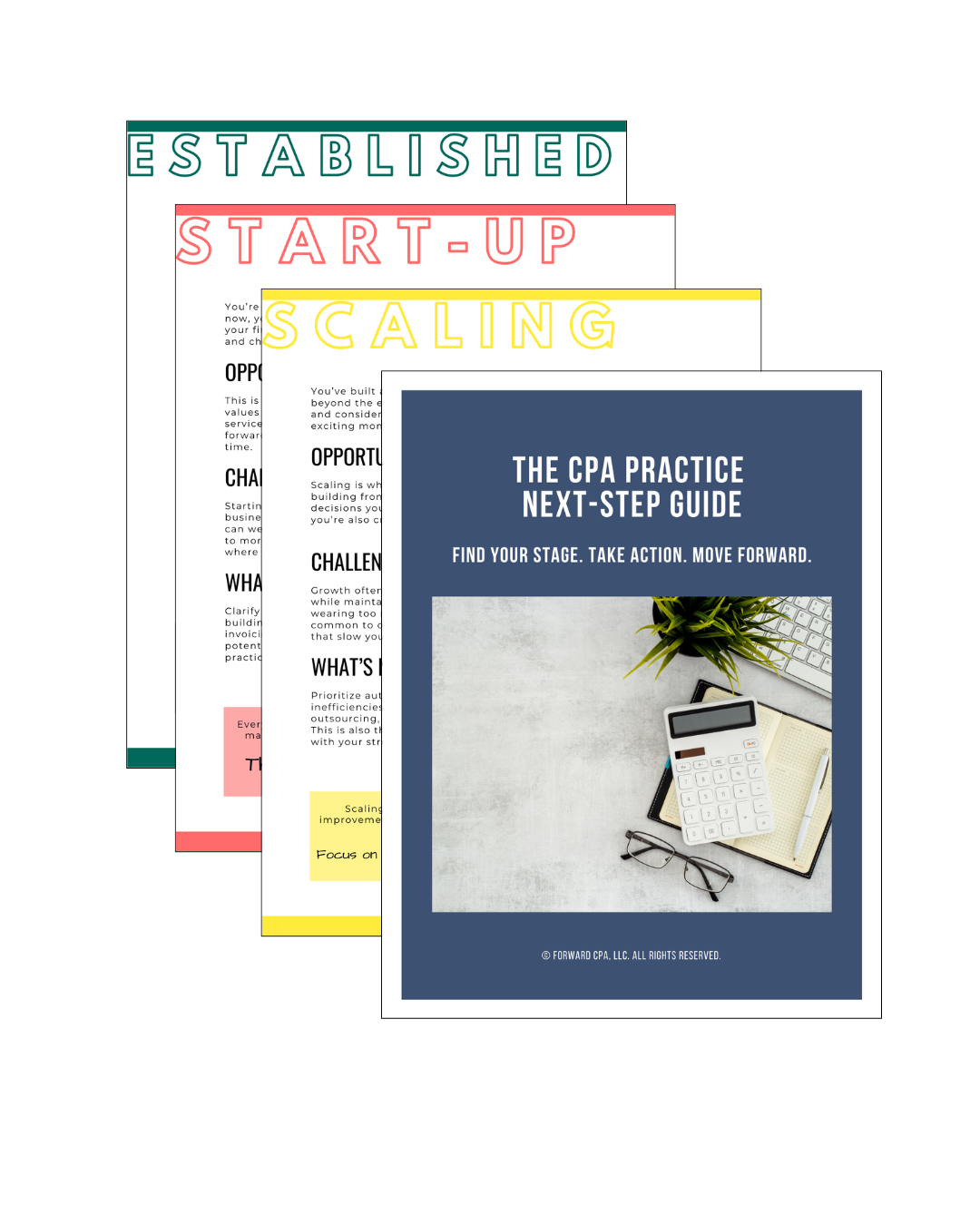Reimagining the SEFA: Tips for Better Tracking and Fewer Surprises
Nov 15, 2025If you’ve ever built your SEFA the week before it was due, you know how stressful it can be:
-
Searching through spreadsheets and bank records
-
Re-reading grant agreements to determine allowable costs
-
Realizing you missed a funding source that now pushes you over the Single Audit threshold
The SEFA—Schedule of Expenditures of Federal Awards—is a key part of your audit. And it’s often one of the most misunderstood and most delayed parts of audit prep.
But it doesn’t have to be that way.
With the right structure and habits, you can turn SEFA prep into a routine—not a rescue mission.
Here’s how to reimagine the SEFA—with better tracking, cleaner support, and fewer audit surprises.
What the SEFA Really Is—and Why It Matters
The SEFA lists all federal awards expended during your fiscal year. It includes:
-
Federal agency and program names
-
Assistance Listing (ALN, formerly CFDA) numbers
-
Amounts expended
-
Pass-through entities (if applicable)
-
Identifying numbers (grant or contract numbers)
-
Total federal expenditures by program
Your auditors use the SEFA to:
-
Determine if a Single Audit is required
-
Select major programs for testing
-
Assess internal controls and compliance risks
If your SEFA is incomplete, inaccurate, or unsupported, it can lead to audit findings—or worse, jeopardize your funding.
Common SEFA Problems
Before we fix it, let’s name the problems:
-
The SEFA is started too late in the audit process
-
Federal programs are misclassified or missing
-
Amounts are estimated instead of supported
-
Pass-through grants are recorded incorrectly
-
The SEFA doesn’t match the general ledger or grant records
-
Clients rely on auditors to help build or interpret the schedule
These issues can delay the audit—and make the process more stressful than it needs to be.
How to Reimagine the SEFA Process
Let’s shift from year-end scramble to year-round structure.
Here’s how:
✅ 1. Create a SEFA Tracking Sheet You Use All Year
Build a spreadsheet (or database) that tracks each federal program as soon as it’s awarded—not after it’s spent.
Include columns for:
-
Federal agency
-
ALN number
-
Grant title
-
Award amount
-
Award period (start and end date)
-
Pass-through entity (if applicable)
-
Expenditures by month
-
Notes on matching or program income
-
Internal grant ID
Update the sheet monthly or quarterly—just like your budget.
✅ 2. Link SEFA Tracking to Your General Ledger
Map each grant to a unique GL code or project ID so you can pull totals automatically.
This makes it easy to:
-
Reconcile SEFA totals to the trial balance
-
Identify federal-only expenditures
-
Break out program costs for testing
Work with your accounting software (or Excel, if needed) to make this link clear.
✅ 3. Save Support Throughout the Year
Don’t wait until audit season to find drawdown reports, payroll allocations, or invoices.
Create a folder structure by grant and year:
-
Drawdowns
-
Expense backup
-
Reimbursement requests
-
Correspondence and guidance
Well-organized support reduces audit questions—and protects you in case of staff turnover.
✅ 4. Use a Summary Sheet for Auditor Review
In addition to your full tracking file, prepare a simple SEFA summary that mirrors the audit report layout:
| Program Name | ALN | Pass-Through Entity | Expenditures |
|---|---|---|---|
| Title I | 84.010 | NDE | $125,000 |
| ESSER III | 84.425U | NDE | $342,000 |
Bonus: Add a column with internal notes or links to supporting documentation.
✅ 5. Schedule a Mid-Year SEFA Check-In
Block a 30-minute review mid-year with your finance team (and optionally your auditor) to:
-
Confirm new grants
-
Update drawdown totals
-
Flag high-risk programs
-
Prepare for possible Single Audit triggers
Catching issues early gives you time to fix them—before deadlines hit.
SEFA Shouldn’t Be a Surprise
The SEFA isn’t just an audit checklist item. It’s a key part of your federal compliance—and a reflection of how well your team tracks and manages grant activity.
✅ Track year-round
✅ Reconcile to the GL
✅ Organize your backup
✅ Communicate clearly
✅ Build the schedule early
When you reimagine your SEFA process as part of your monthly workflow—not a year-end scramble—everything gets easier.
And your audit?
It gets faster, smoother, and far less stressful.
Your Next Step Forward
Join the newsletter designed to help CPAs take the next best step in building a practice they love, with practical insights, game-changing tools, and quick wins in every email.
We hate SPAM. We will never sell your information, for any reason.




